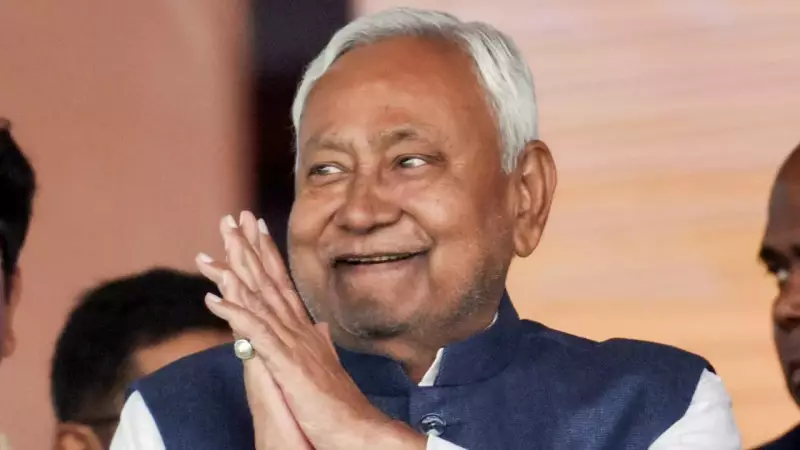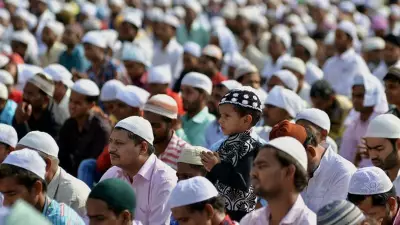
Nitish Kumar has scripted political history by taking oath as Bihar's Chief Minister for an unprecedented tenth time, demonstrating his enduring dominance over the state's political landscape. This remarkable achievement comes amid mounting expectations and complex challenges that will define his latest administration.
The Migration Crisis: Bihar's Biggest Challenge
Across Bihar's rural heartland, a disturbing pattern persists where only the elderly and widows remain while working-age men migrate for employment. Unemployment and migration emerged as the most critical issues during recent elections, with young voters expressing their frustration more vocally than ever before.
Data from the Institute for Human Development and the Prime Minister's economic advisory council reveals a staggering reality: two out of every three households in Bihar now have at least one member working outside the state. The migration rate has exploded from merely 10-15% of households in 1981 to 65% by 2017.
JD(U) working president Sanjay Jha acknowledged the urgency during campaign discussions, stating that accelerating industrialization would be the government's top priority. He posed a fundamental question: "If a youth has to leave Bihar even for a ₹20,000 job, what is the point? The migration state tag must go."
Financial Balancing Act: Funding Ambitious Promises
Women voters played a decisive role in the NDA's strong electoral performance, with polling analyst Yashwant Deshmukh noting an 18% lead among female voters compared to just 2% among males. The Chief Minister's Women Employment Scheme proved instrumental in this surge.
Just before elections, the government transferred ₹10,000 each to 1.51 crore women beneficiaries, costing approximately ₹15,000 crore. The scheme further promises financial support up to ₹2 lakh for women starting small enterprises in farming, handicrafts, tailoring or other trades.
The government faces additional financial commitments including:
- 125 units of free electricity requiring ₹20,000 crore annually
- Increased social security pensions from ₹400 to ₹1,100
- ₹1,000 monthly support for graduates
- Enhanced PM-Kisan assistance from ₹6,000 to ₹9,000
With Bihar's last budget at ₹3.17 lakh crore, balancing these substantial welfare promises within fiscal constraints presents one of Nitish Kumar's toughest administrative tests.
Restoring the Sushasan Babu Legacy
The opposition's failure to counter the 'jungle raj' narrative even after two decades highlights Nitish Kumar's enduring governance brand. However, restoring the credibility of his Sushasan Babu image represents a critical challenge for his new administration.
Many political observers divide his tenure into two distinct phases, with 2005-2015 widely regarded as the stronger period. During those years, Bihar witnessed declining crime rates, crackdowns on notorious ganglords, and an end to caste massacres.
Recent crime statistics, however, raise concerns. According to India Today reports, the crime rate per lakh population jumped from 183.7 in 2013 to 281.9 in 2016. After a pandemic dip to 211.3, the rate has climbed again to 228 in 2021, 277.1 in 2022 and 277.5 in 2023. The National Crime Records Bureau recorded 53,057 murders in Bihar between 2006 and 2022.
Politically, the landscape has grown more complex with the BJP re-emerging as the dominant Assembly force and Chirag Paswan's party making a strong entry with 19 seats. Managing alliance dynamics while ensuring JD(U) maintains relevance adds another layer of challenge.
As Nitish Kumar begins his record tenth term, he confronts a formidable combination of economic, political and administrative hurdles. Creating sustainable employment, stemming migration, financing welfare commitments, and reviving his governance brand will determine whether this term becomes a transformative chapter for Bihar or merely extends existing struggles.





